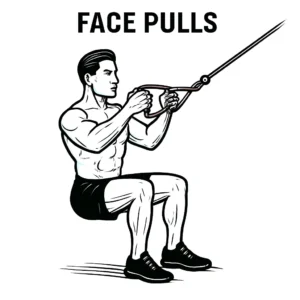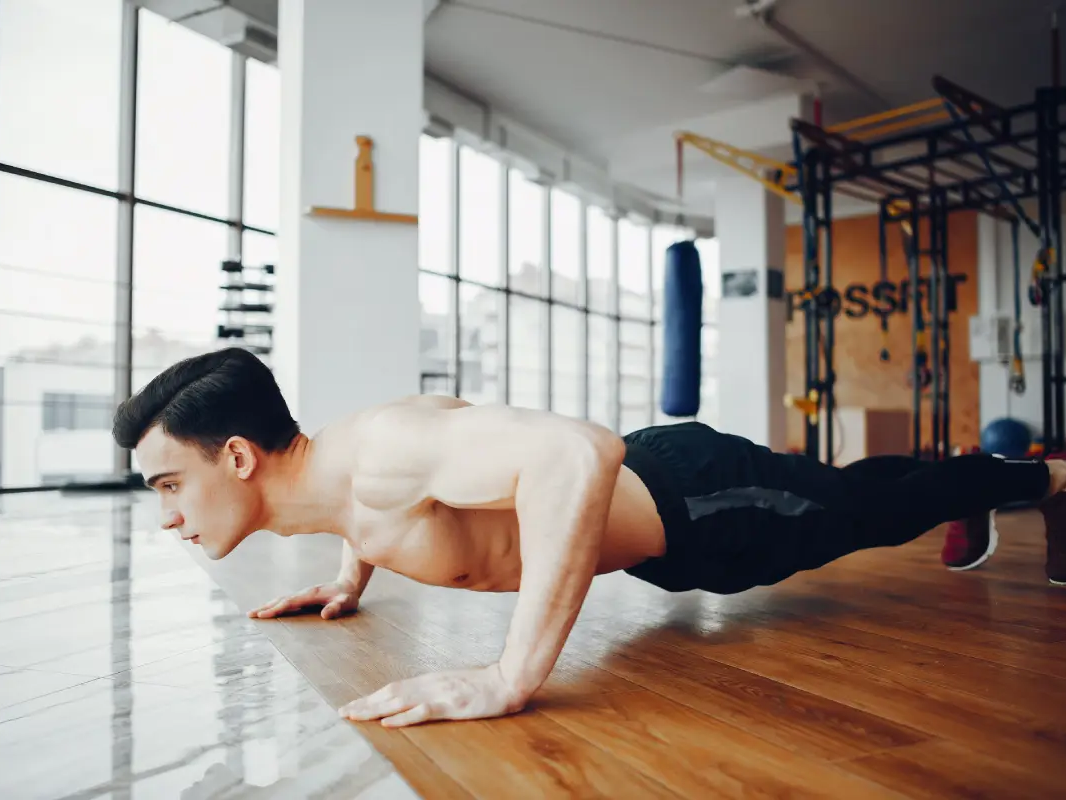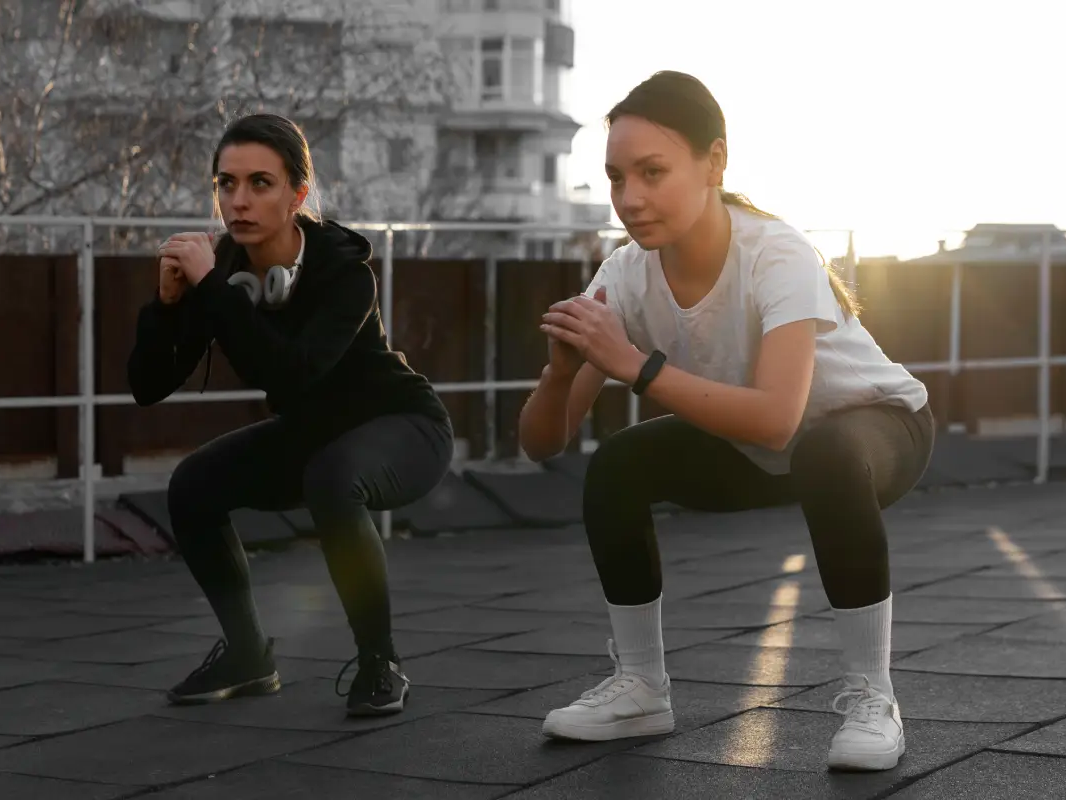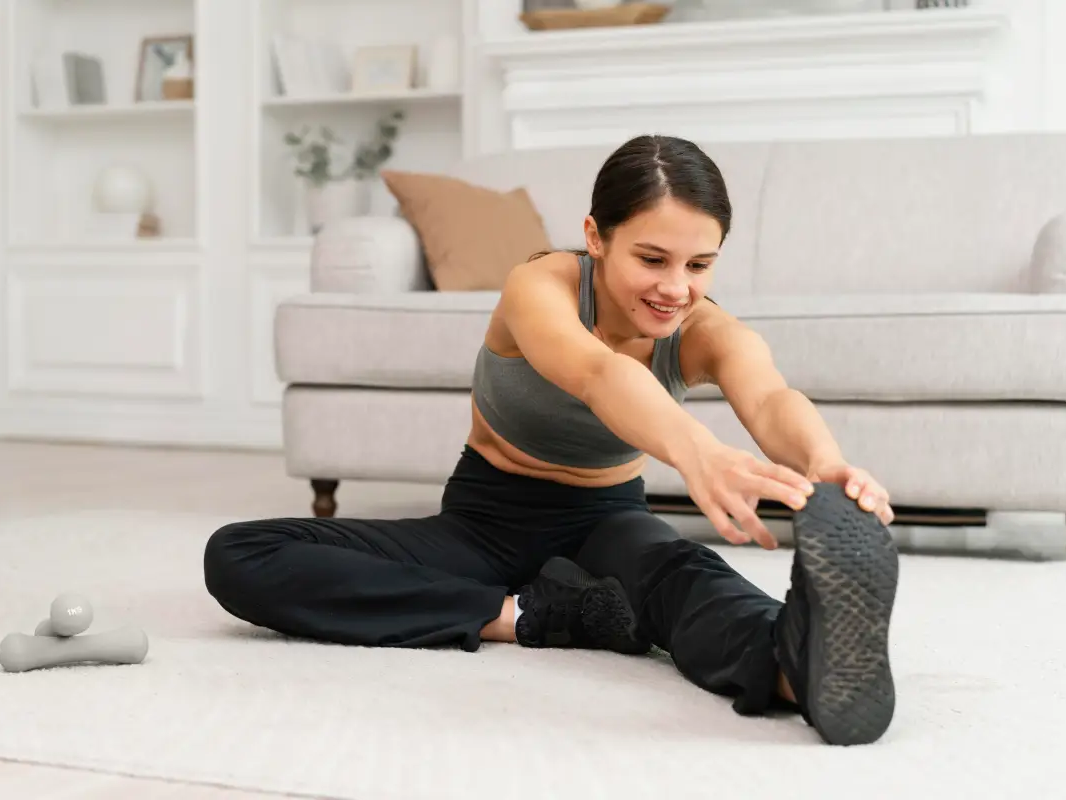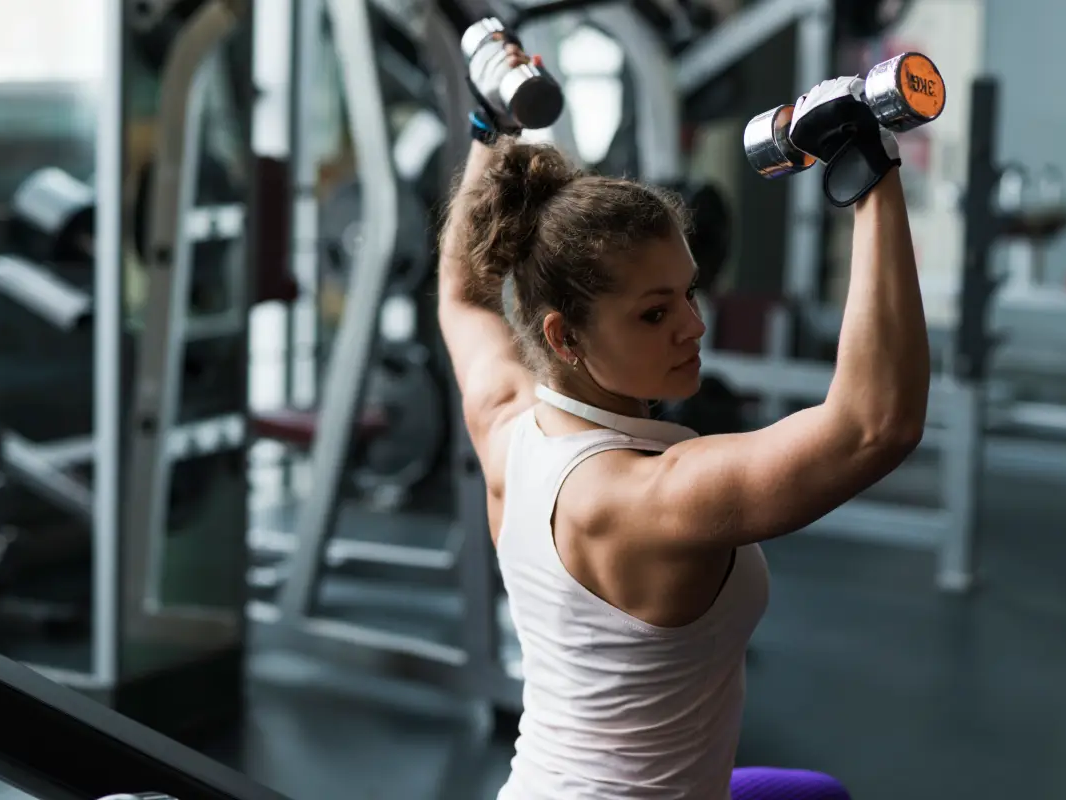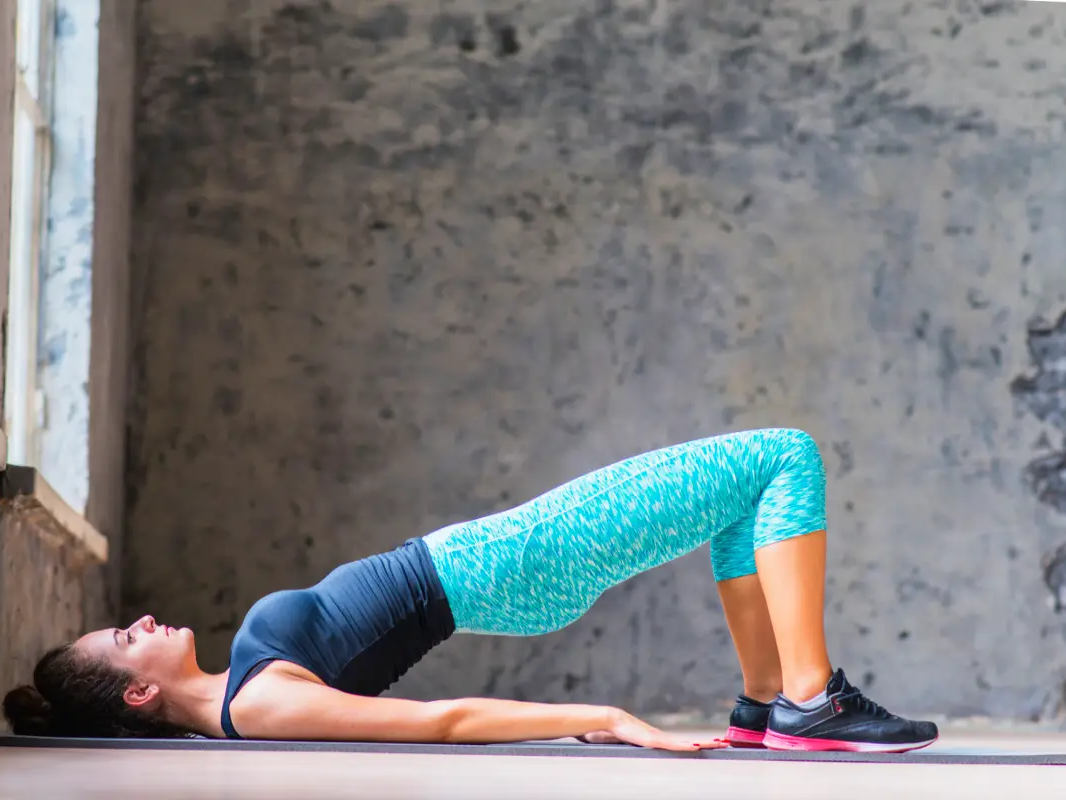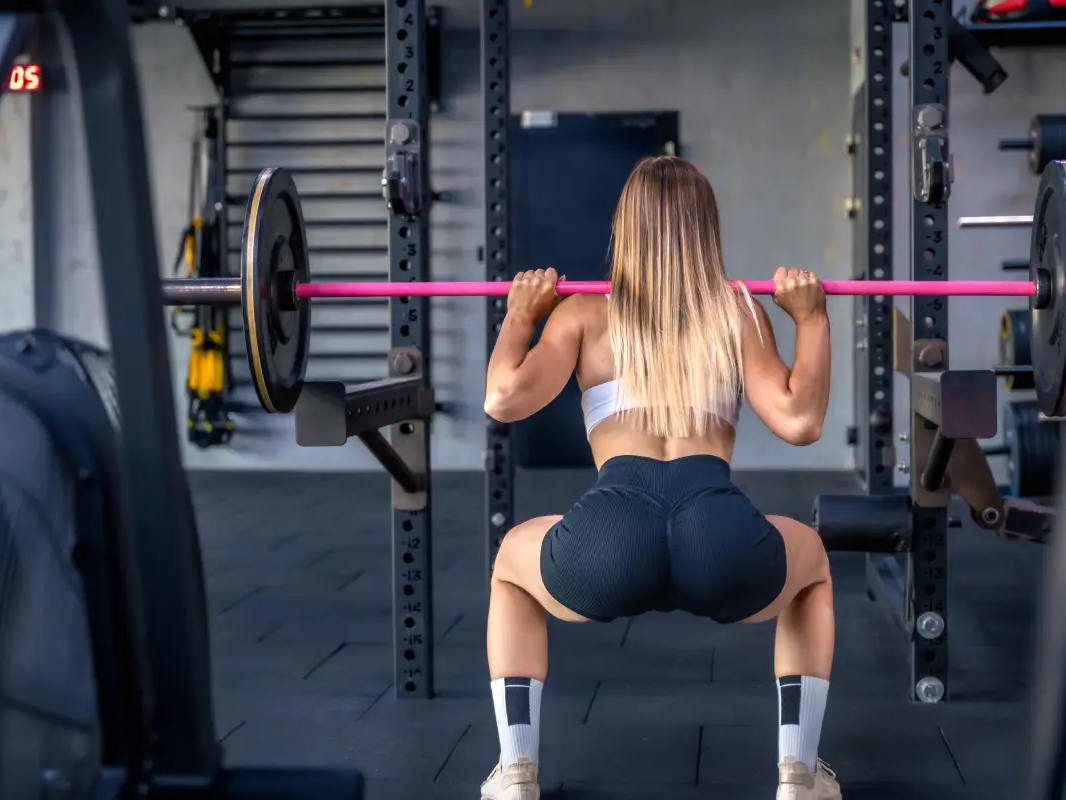Face pulls strengthen the rear delts, traps, and rotator cuff muscles. They improve shoulder stability, posture, and upper back strength. Proper form ensures muscle activation and injury prevention.
This guide explains how to do face pulls correctly, highlights muscles worked, and provides tips for better execution.
Table of Contents
ToggleWhat Are Face Pulls?
Face pulls use a cable machine or resistance band to build shoulder and upper back strength. The movement targets the posterior deltoids, traps, and rotator cuff muscles, essential for shoulder mobility and stability.
This exercise is common in shoulder workouts, injury prevention routines, and posture correction programs.
How to Do Face Pulls Correctly
1. Set Up the Machine
- Attach a rope handle to a high pulley cable.
- Adjust the height to eye level or higher.
- Choose a light to moderate weight to maintain control.
2. Grip and Stance
- Hold the rope with a neutral grip (palms facing inward).
- Step back to create tension in the cable.
- Stand shoulder-width apart, with a slight bend in the knees.
3. Pull to the Face
- Pull the rope toward the face, separating the handles.
- Keep elbows high and wide.
- Squeeze the rear delts and traps at the top.
4. Return with Control
- Slowly extend the arms to return to the starting position.
- Maintain muscle tension throughout the movement.
- Perform 10–15 reps per set.
Muscles Worked in Face Pulls
Primary Muscles Engaged:
- Rear Deltoids – Controls shoulder movement and stability.
- Trapezius (Upper and Mid-Traps) – Supports scapular retraction and posture.
- Rotator Cuff Muscles – Stabilizes shoulder joints.
Secondary Muscles Activated:
- Rhomboids – Assists in pulling motions and scapular control.
- Biceps – Helps with elbow flexion.
This exercise improves shoulder function, reduces injury risk, and enhances posture.
Benefits of Face Pulls
- Strengthens shoulders – Targets rear delts, traps, and stabilizers.
- Improves posture – Corrects rounded shoulders and forward head posture.
- Reduces injury risk – Supports joint health and mobility.
- Enhances upper back development – Engages key stabilizing muscles.
Regularly adding face pulls to workouts enhances upper-body stability and performance.
When to Do Face Pulls
Best Timing for Face Pulls
- At the end of upper-body workouts to activate stabilizers.
- On pull days to balance shoulder development.
- As part of a prehab routine to prevent injuries.
Recommended Reps and Sets
- Perform 3–4 sets of 10–15 reps.
- Use controlled form with moderate weight for maximum activation.
Common Mistakes to Avoid
- Using too much weight – Causes poor form and momentum.
- Pulling too low – Reduces rear delt engagement.
- Lack of shoulder activation – Prevents proper muscle recruitment.
- Rushing reps – Limits muscle contraction and effectiveness.
Focusing on form and muscle control ensures better results and injury prevention.
Conclusion
Face pulls are essential for shoulder health, posture, and upper back strength. Proper execution maximizes muscle activation and prevents injuries.
Including cable face pulls in workouts strengthens rear delts, traps, and rotator cuffs, improving performance and long-term joint stability.
Written By
At Ironclad Fitness, we cut through the noise with expert-backed, no-nonsense advice on training, nutrition, and gear. Our team stays ahead with research, real-world experience, and insights from industry professionals. We prioritize accuracy, transparency, and actionable guidance to help you get stronger every day.
Join thousands of readers leveling up their fitness.
Skip the guesswork—get insights on training, health, and the right gear to support your progress.
You may also like
4 Push Up Workouts for Total Body Strength
Push-ups are one of the most effective bodyweight exercises for building…
How to Do the Sumo Squat to Strengthen Inner Thighs
The sumo squat is a variation of the traditional squat that places greater…
5 Best Hamstring Stretches For Tight Leg Muscles
Tight hamstrings limit mobility and increase the risk of injury. Hamstring…
6 Best Arm Workouts for Beginners
Arm workouts are essential for building strength, improving muscle tone, and…
What are Glute Muscles & How to Make Them Stronger
The glute muscles are essential for stability, movement, and strength. They…
How to Do a Hack Squat Safely and Effectively
The hack squat builds leg strength, muscle mass, and stability. It targets the…
